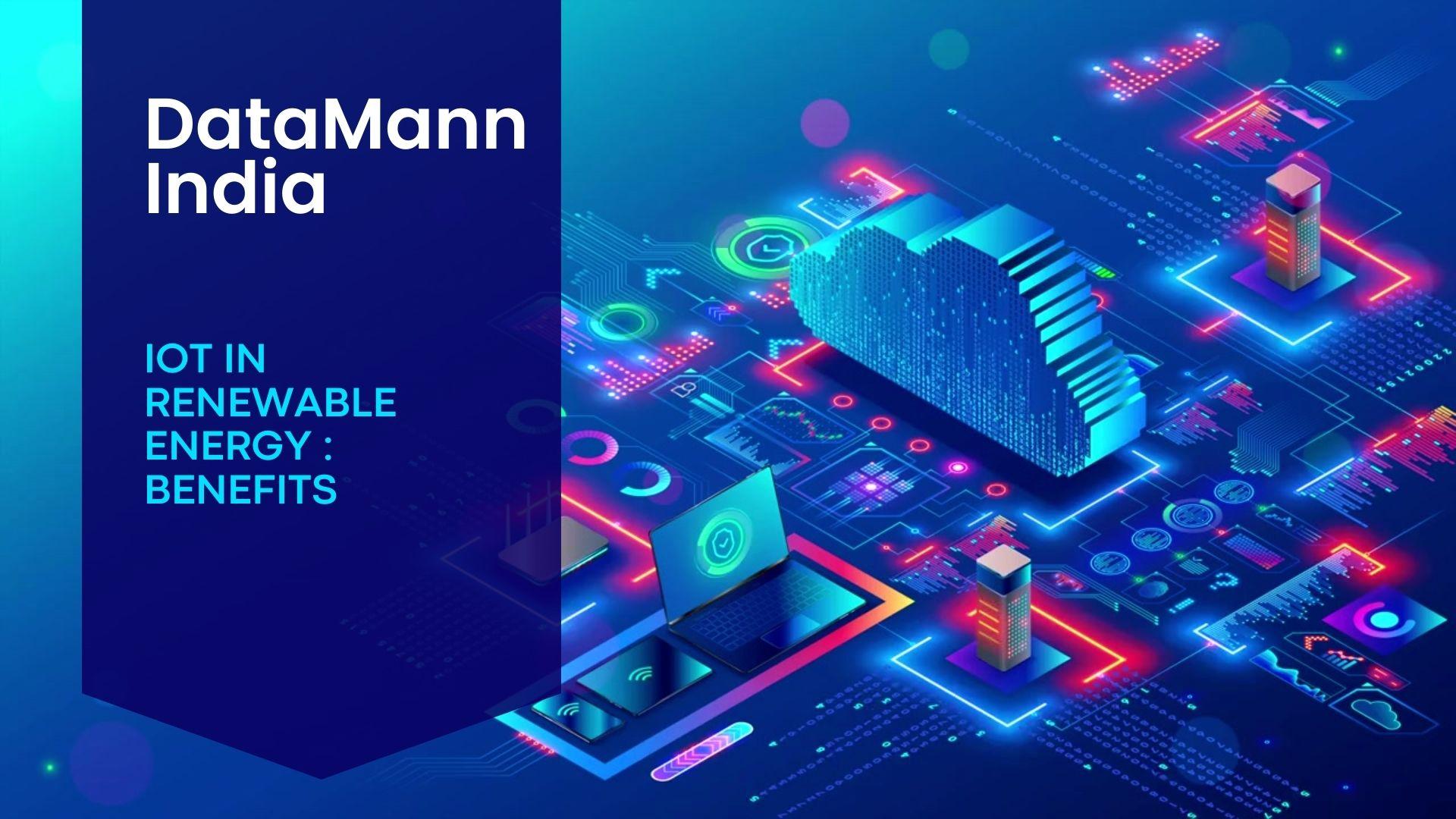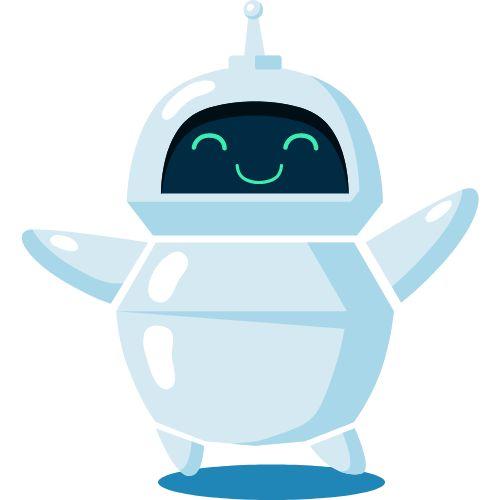Making renewable energy the most common source of energy is important to find a solution and stop global warming. How much of a role can the Internet of Things (IoT) play in this transformation?
The Internet of Things – A Simple Explanation
The Internet of Things is made up of a network of interconnected computers, mechanical and digital equipment, other things, and people. Each of these parts is given a special identification number and the capacity to send data across a network.
These network-based interactions don’t require any human-to-human communication and, eventually, won’t even need human-to-human communication. IoT essentially entails connecting all the objects we use to the internet.
The vague definition and extremely broad understanding of this technology are typically the causes of the IoT myths. Sensors that gather and transmit data, computers, and the supporting network make up the IoT components as they are currently understood.
Despite the efforts of many online news sources and professionals to explain IoT principles, it appears that a number of myths are permeating conversations. Let’s continue to talk about some of these myths and attempt to dispel them.
A more reliable and efficient ecosystem
In addition to connectivity, this technology can serve as a roadmap for digitisation, which would strengthen the ecosystem’s dependability and efficiency.
The Internet of Things (IoT) appears to be a technology with infinite potential that will have a significant influence on energy generation in the future. Renewable energy sources will advance from being only an option to a reality, one that is adaptable, resilient to setbacks, and, most crucially, significantly more efficient and sustainable.
In other words, when energy is generated in a more sustainable manner and is consumed in a more efficient manner, we will see a rise in possibilities and a strengthening of consumer confidence.



